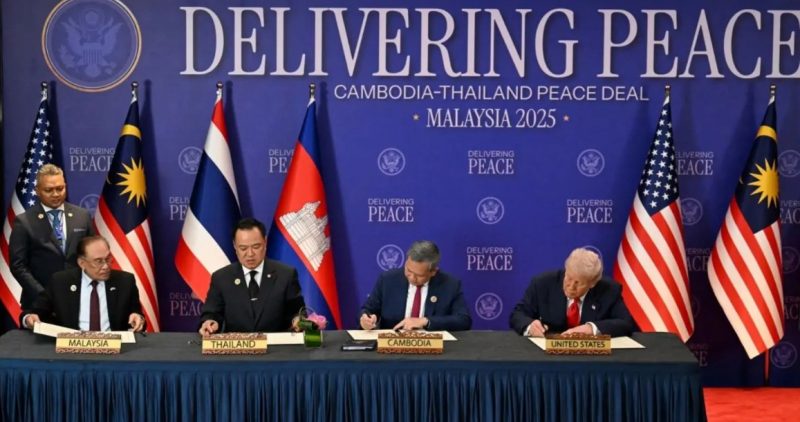
US-Southeast Asia Trade Agreements Focus on Critical Minerals
US President Donald Trump finalized multiple trade and critical minerals agreements with four Southeast Asian nations. These deals aim to reduce trade imbalances and diversify supply chains amid tighter Chinese export controls on rare earths. Trump signed reciprocal trade pacts with Malaysia and Cambodia, and a framework deal with Thailand to address tariff and non-tariff barriers. Vietnam also agreed to expand purchases of US goods, helping reduce its $123 billion trade surplus.
Malaysia pledged not to ban or restrict exports of critical minerals or rare earth elements to the US. Thailand and Vietnam agreed to adopt US motor vehicle safety and emissions standards. The agreements also cover digital trade, services, and environmental protections.
Strategic Implications for the US Critical Minerals Supply
These agreements strengthen US access to rare earths and other critical minerals essential for semiconductors, electric vehicles, and defense technologies. China remains the largest global miner and processor of rare earths, and its export restrictions drive US efforts to diversify supply. Malaysia, home to an estimated 16.1 million tonnes of rare earth deposits, will collaborate with the US on downstream processing, ensuring a stable supply for American manufacturers.
Additionally, the trade deals grant preferential market access for US goods in Southeast Asia. Thailand agreed to eliminate tariffs on 99% of products, while Malaysia streamlined requirements for aerospace, pharmaceuticals, and halal-certified goods. Significant commercial contracts include US agriculture exports, aircraft purchases, and energy goods totaling billions annually.
SuperMetalPrice Commentary:
Trump’s Southeast Asia agreements strategically secure critical minerals supply chains while expanding US trade influence in the region. Diversifying sources reduces reliance on China and strengthens US manufacturing for EVs, semiconductors, and defense industries. These deals may accelerate rare earth development in Malaysia and Thailand, benefiting both US manufacturers and Southeast Asian partners. Investors and industry players should monitor the impact on global rare earth pricing and US import dynamics over the next two years.




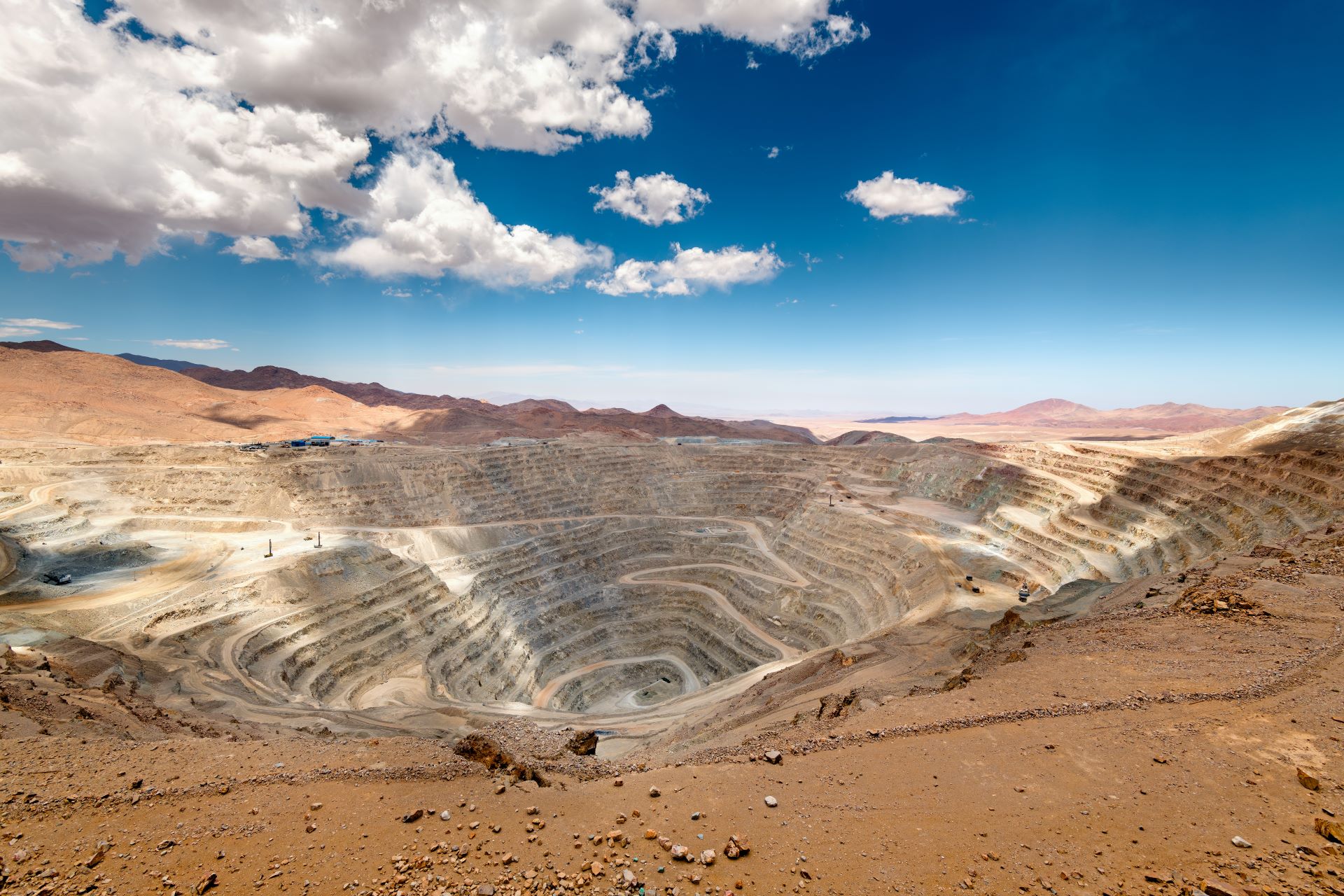


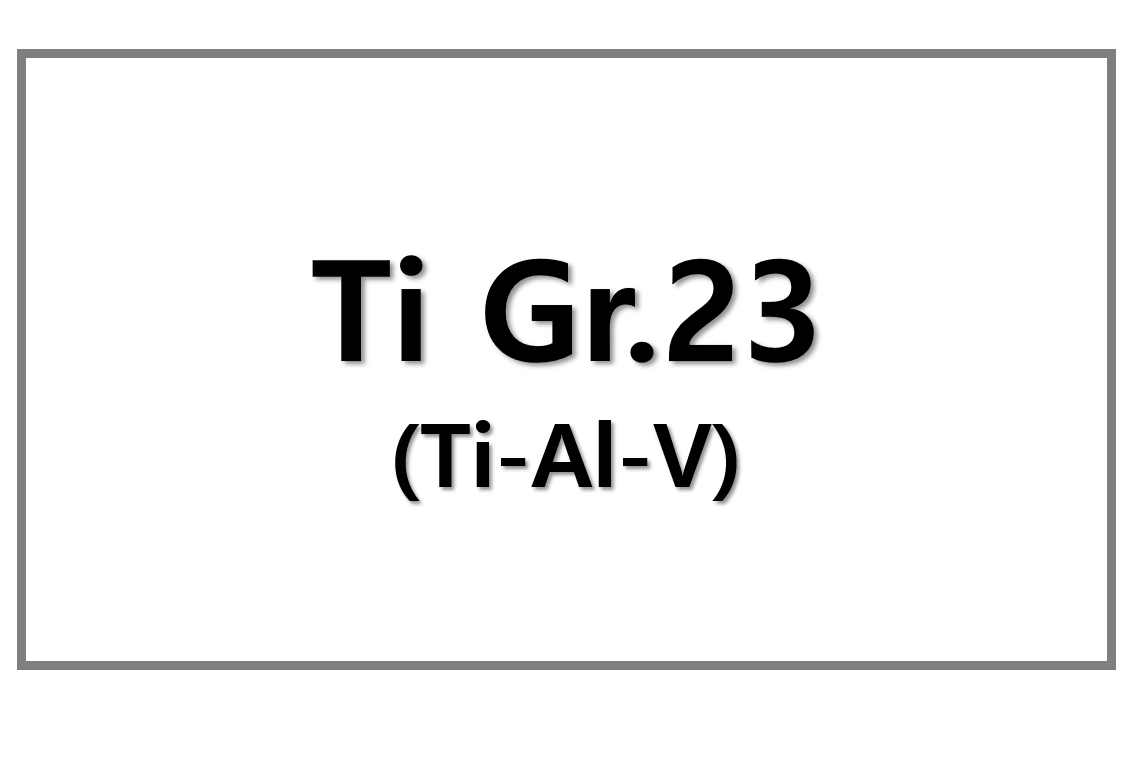
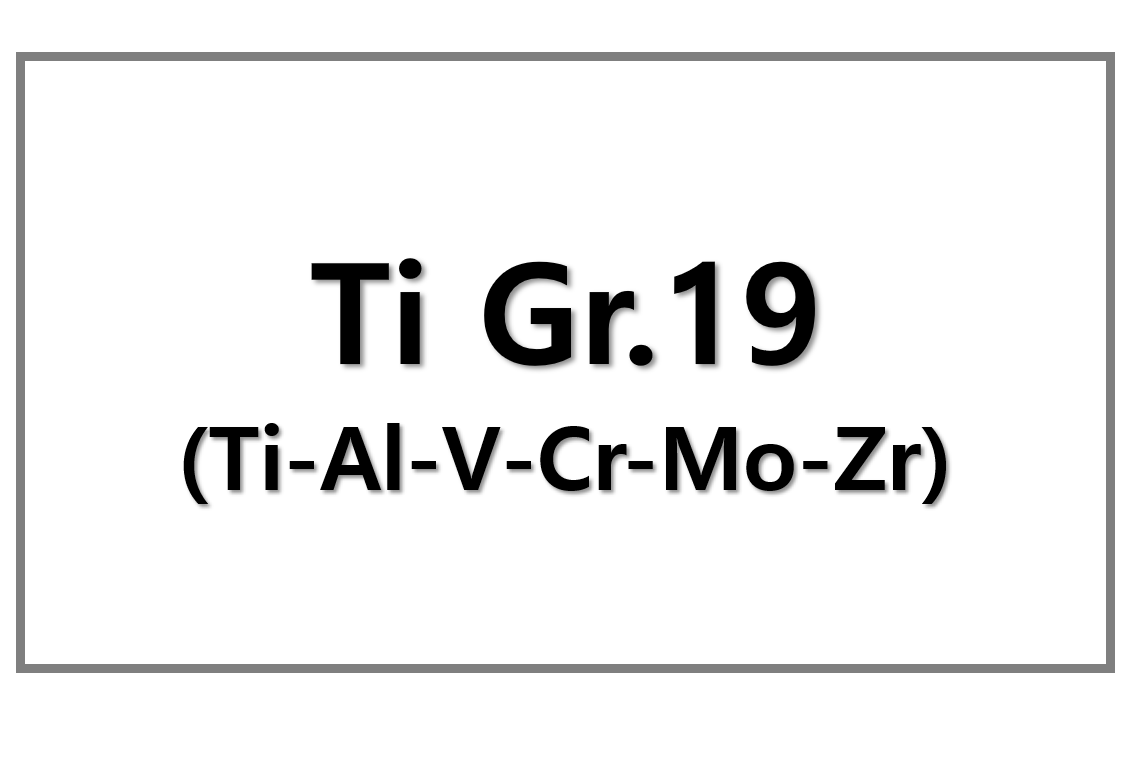
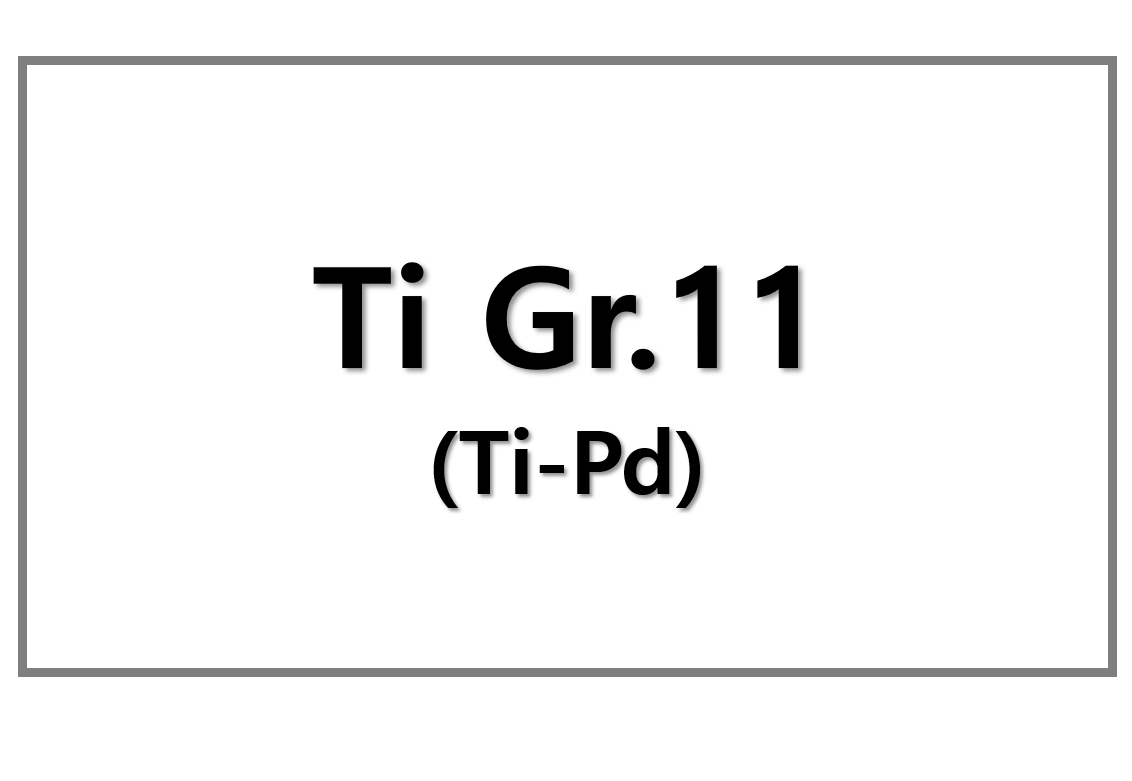
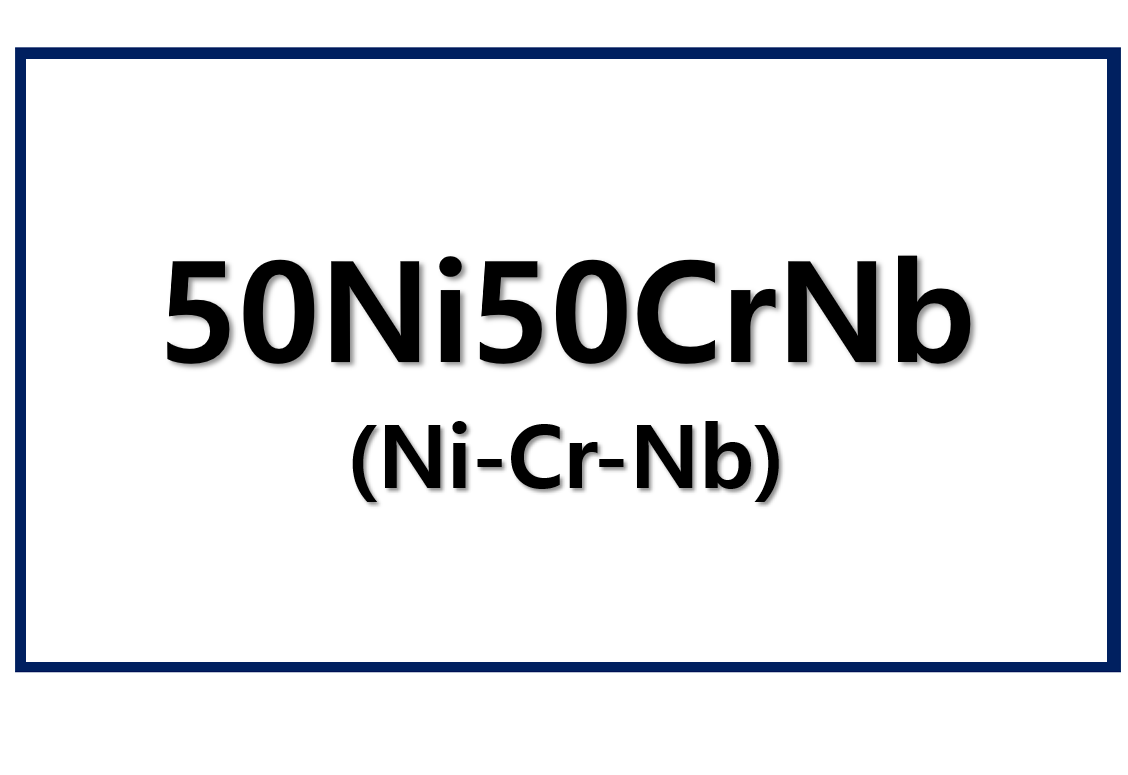
Leave a Reply
You must be logged in to post a comment.